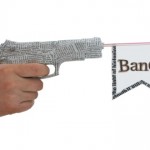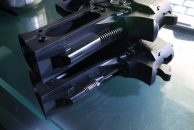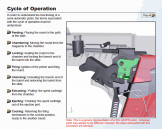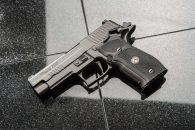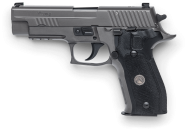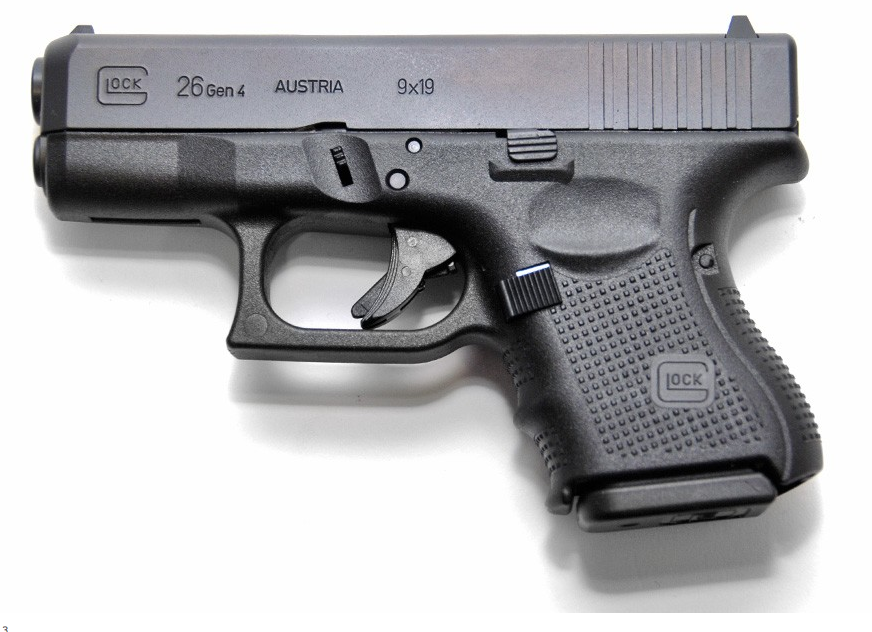
This opinion piece was written by contributing author Paul T. McCain (aka Amsdorf).
Let me make one thing absolutely clear before I write anything more. The Glock is a good handgun. It is simple. Easy to maintain. Easy to shoot. And affordable. Oh, and it is very reliable. They are good handguns. Period. But I realized finally they were just not for me. This my story.
Simply put, I came to the growing realization that the reason I was pumping so much money into upgrading, enhancing, reshaping and otherwise gunsmithing the heck out of my Glocks was because I was not happy with Glocks as they are, not happy at all. I realized I was trying constantly to turn the Glock into something it would never be: not a Glock. Let me tick off the reasons.
Ergonomics
The Glock’s grip was, for me, like holding a piece of lumber in my hand. Poorly shaped and not allowing me to get the kind of high grip I prefer with some contouring I need for the best possible grip. I never had a Glock provide me a natural point of aim: ever. I always had to compensate for it. I tried reshaping grips, undercutting them, stippling, buying material to put over them, etc. It never worked. I could not turn a Glock into “not a Glock” ergonomically.
Sights
The Glock’s sights absolutely stink, out of the box. People have even joked that they are not really intended to serve as sights, but are merely plastic place holders for the slots intended for real sights. There’s no denying it and if you try to deny it you do not understand or have not learned enough to appreciate the importance of good sights on a handgun. A handgun is notoriously difficult to shoot accurately to begin with due to a very short barrel and resulting very short sight radius. Handguns are very unforgiving for even being just a “bit” off when you are aiming. That little bit of “off” at the muzzle, creates inches and even many inches off at the point of impact. That’s why sights are so important. To get the most out out of the Glock’s stock sights, you have basically to “hide” about half the white dot of the front post and you have to get used to the Glock’s “unique” “bracket” on the rear sight. I tried covering the back sights with a black sharpie. That helped. I tried replacing the sights. That helped a lot. But … the Glock remained a Glock.
Trigger Action
This is where Glocks and I definitively parted company. I sunk a LOT of money into a lot of different Glocks with a lot of different trigger upgrades. I spent quite a lot on custom trigger work, but at the end of the day, the Glock’s striker action simply can not and never will be able to compete with much better SAO systems. But I did like the Glock’s “no safety” first shot heavier pull weight. Glocks were adopted by LEO departments because of how easy it was to move guys used to simply pulling the trigger on their revolvers to make them fire. I’m not going to get into the merits of how light the first shot on a Glock is, but the principle remains. It was a great way to get people into semi-autos moving from revolvers, but I think a DA/SA trigger action is a better idea. Because I grew so accustomed to “draw and shoot” without a manual safety, I had to think long and hard about which direction I wanted to go with a non-Glock. SIG was the answer.
Polymer (aka Plastic)
I am well aware that polymer framed handguns are perfectly reliable and provide a very good shooting platform, in fact, may even mitigate perceived recoil for many shooters, but … well, plastic is plastic and I prefer metal. This, I recognize, is perhaps the least consequential reason for moving away from Glocks.

